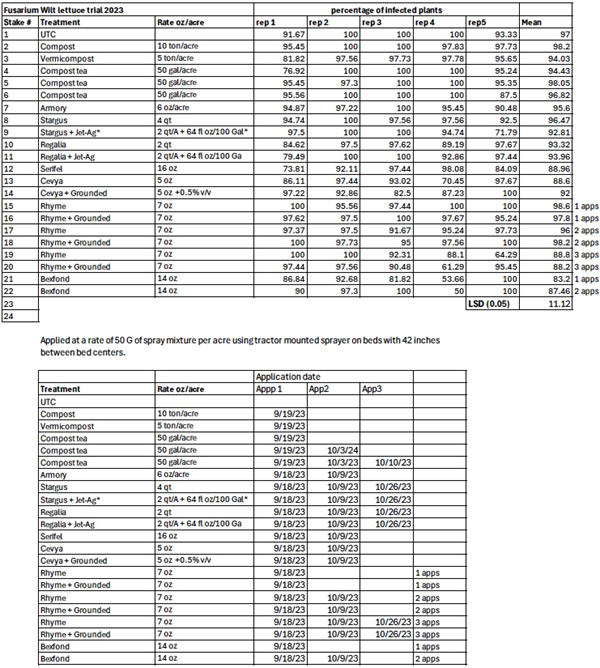-
Apr 29, 2015Using Insecticides to Control Whiteflies in Spring Melons 2015In our last update we discussed whitefly management, but now that daytime temperatures are forecasted to be in the 90’s for the next 10 days, I thought that it would be good to review your insecticide options for whitefly management. Several factors play a role in determining which insecticide(s) you may want to apply. If the grower applied a neonicotinoid at planting (e.g., imidacloprid) the soil residual is likely long gone and it is likely no longer providing control of nymphs and newly-emerging adults. Thus, if whitefly population abundance is sufficiently high enough to justify control, a foliar insecticide is recommended. When nymphs can easily be found on the crown and mid-vine leaves, an IGR or IGR-like product is recommended. This would include: Vetica, Courier, Oberon, and Knack. None of these products will provide good adult knockdown, but if applied correctly, will eventually suppress adult populations by preventing the development of the nymphs within the field. Experience has shown that these products can provide 14-21 days of residual control of nymphs. Control of adults infesting plants from outside sources will require a different approach. A Vydate or Lannate combined with a bifenthrin or Danitol tank-mixture is an option, but will likely only provide adult knockdown, with limited residual control (3-5 d). Among the neonicotinoids, Assail and Venom/Scorpion have shown the most consistent residual adult control (7-10 d) in experimental trials and will also provide decent control of nymphs on treated leaves. Because neonicotinoids are used on many crops grown throughout the year be sure to consider resistance management statements on the label as well as the UA Cross-commodity Guidelines before you apply them. A newer mode of action, Exirel (anthrillic diamide) can provide knockdown and residual control (14 d) of both adults and nymphs following foliar application. Because Exirel works via translmaniar movement in treated leaf tissue, good spray deposition on all melon foliage is important for maximizing control of both adults and nymphs. This brings up another factor that is important to consider – presence of pollinators in or near the field. Be sure to check the label carefully for the Environmental Hazards statement, specifically for language and restrictions on honey bee safety. In some cases, products can be used effectively and safely through application timing and rates, whereas in other cases, some products should not be used when plants are flowering and pollinators are actively working fields. You must read the label carefully. The proximity to harvest may limit your choices as well. The PHIs for whitefly products vary anywhere from 0-7 days. Also, the presence of worms near harvest may influence your choice of products. If you’re using a whitefly specific product (e.g., Courier, Oberon, Knack, Assail, Venom/Scorpion) you might consider adding a pyrethroid for cabbage looper control, or a Lep material (e.g., Radiant, Intrepid, Coragen, Belt) for control of both looper and beet armyworm. Products such as Vetica and Exirel are efficacious against both whiteflies and Lep species. Visit these publications for information on products available for Whitefly Control on Desert melons and Lepidopterous Larvae Control on Desert Melons.

 To contact John Palumbo go to: jpalumbo@ag.Arizona.edu
To contact John Palumbo go to: jpalumbo@ag.Arizona.edu







